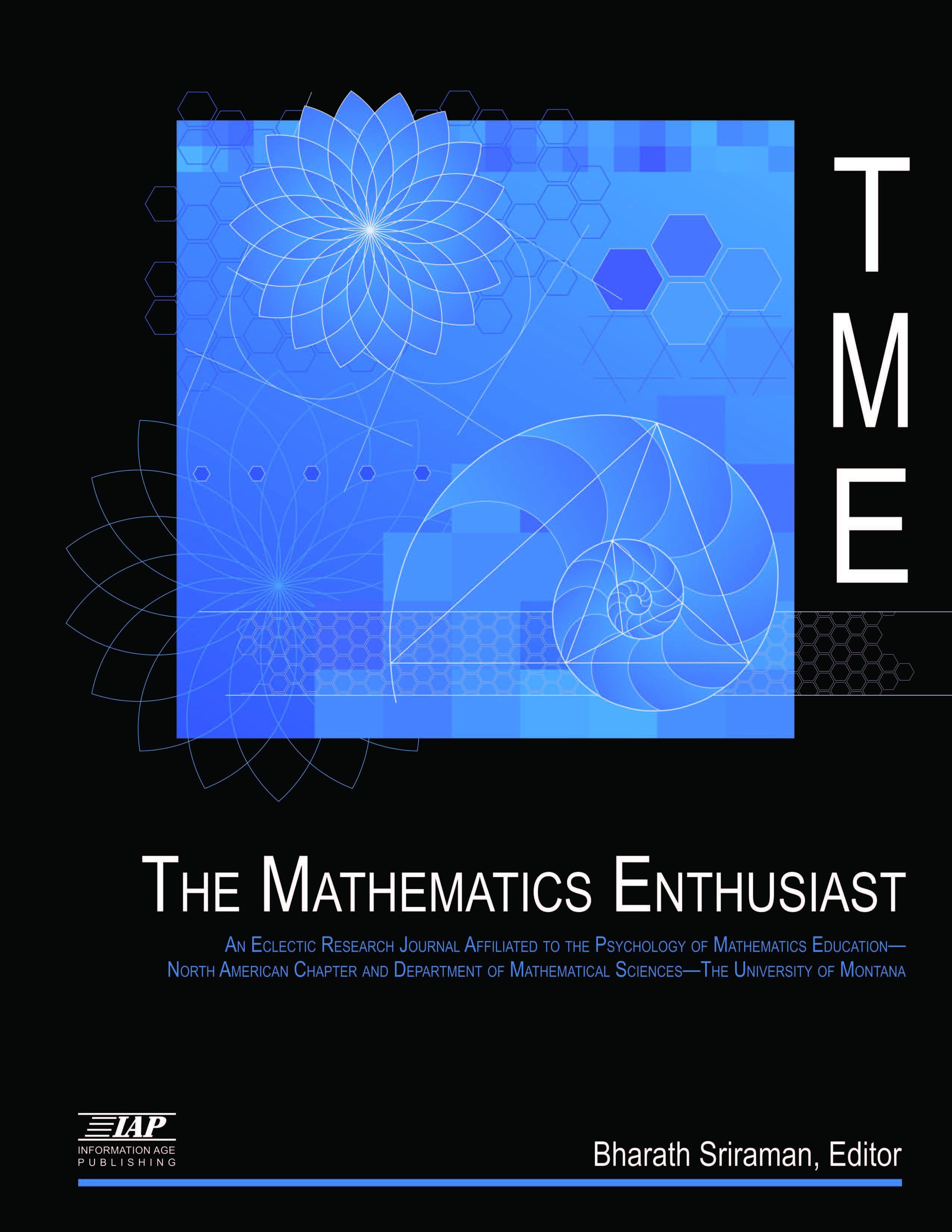
Volume
1
Issue
1
Abstract
Symmetry is a fundamental part of geometry, nature, and shapes. It creates patterns that help us organize our world conceptually. We see symmetry every day but often don’t realize it. People use concepts of symmetry, including translations, rotations, reflections, and tessellations as part of their careers. Examples of careers that incorporate these ideas are artists, craftspeople, musicians, choreographers, and not to mention, mathematicians.
It is important for students to grasp the concepts of geometry and symmetry while at the elementary level as a means of exposing them to things they see everyday that aren’t obviously related to mathematics but have a strong foundation in it. According to the National Council of Teachers of Mathematics grades 3-5 should be able to apply transformations and use symmetry to analyze mathematical situations. This includes predicting and describing the results of sliding, flipping, and turning two-dimensional shapes. They should also be able to describe a motion or a series of motions that will show that two shapes are congruent, and identify and describe line and rotational symmetry in 2 and 3-dimensional shapes and designs. The Montana State Standards for Mathematics are in line with NCTM’s standards indicating that by the end of grade 4 students will be able to identify lines of symmetry, congruent and similar shapes, and positional relationships.
Geometry software is a very important tool in developing and testing individual ideas in the classroom. Students can make their own conjectures and “see” them as they are tested, making a connection between what they were thinking and a visual for what is really happening. For a lot of students this is all that is needed to make something “click” inside their heads that tells them “oh, yeah, now I get it”.
By showing students that symmetry and it’s properties surround us in the world we live in gives them a greater appreciation for the wide-reaching arms of mathematics and how we really do use math throughout our lives beyond the basic adding, subtracting, multiplying, and dividing. We can use dynamic geometry software to let students explore and create the concepts that we are trying to teach. Students will soon be pointing out symmetry and visualizing how shapes move around in our world.
First Page
3
Last Page
8
Recommended Citation
Knuchel, Christy
(2004)
"Teaching Symmetry in the Elementary Curriculum,"
The Mathematics Enthusiast: Vol. 1
:
No.
1
, Article 2.
DOI: https://doi.org/10.54870/1551-3440.1001
Available at:
https://scholarworks.umt.edu/tme/vol1/iss1/2
Digital Object Identifier (DOI)
10.54870/1551-3440.1001
